Tabby's Star, Not An Alien Megastructure Is The Cause Of Dimming Of The 'most Mysterious Star In The
Tabby's Star, not an Alien megastructure is the cause of dimming of the 'most mysterious star in the universe'

A team of more than 200 researchers, including Penn State Department of Astronomy and Astrophysics Assistant Professor Jason Wright and led by Louisiana State University’s Tabetha Boyajian, is one step closer to solving the mystery behind the “most mysterious star in the universe.” KIC 8462852, or “Tabby’s Star,” nicknamed after Boyajian, is otherwise an ordinary star, about 50 percent bigger and 1,000 degrees hotter than the Sun, and about than 1,000 light years away. However, it has been inexplicably dimming and brightening sporadically like no other. Several theories abound to explain the star’s unusual light patterns, including that an alien megastructure is orbiting the star.
Keep reading
More Posts from Primordialbitch and Others
Newly discovered Amazon rock art show the rainforest's earliest inhabitants living with giant Ice Age animals

Amazonian rock art newly discovered by researchers provides further proof the rainforest’s earliest inhabitants lived alongside now-extinct giant Ice Age animals.
The thousands of pictures are among the oldest depictions of people interacting with the huge creatures, including mastodons. Usually the only clues about their appearance are skeletal remains.
This is one of the largest collections of rock art found in South America. The recorded drawings, likely first made around 12,600 and 11,800 years ago, are on three rock shelters on hills in the Colombian Amazon. The paintings, identified during landscape surveys, also depict geometric shapes, human figures, and handprints, as well as hunting scenes and people interacting with plants, trees and savannah animals. The vibrant red pictures were produced over a period of hundreds, or possibly thousands, of years. Read more.






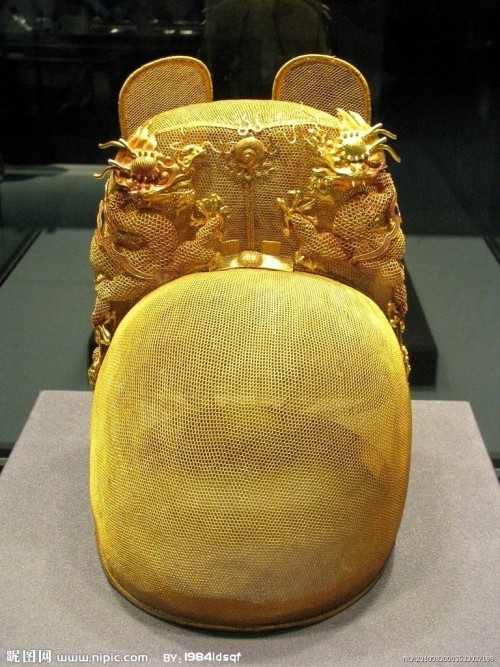
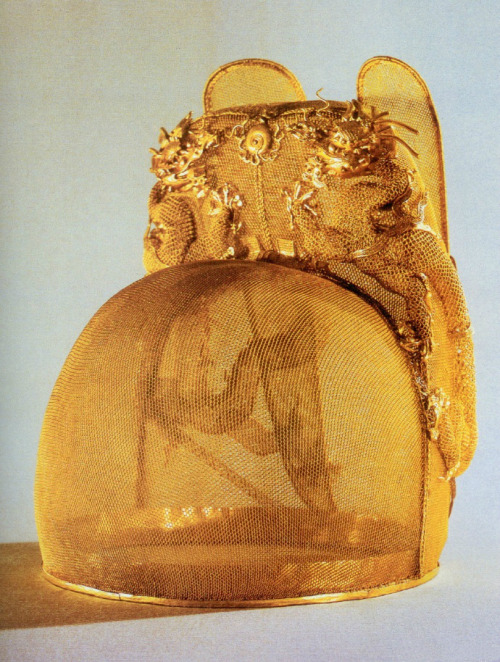


翼善冠yi-shan-guan, a type of hat in Chinese hanfu for ancient emperors and kings.
The term first appeared in Tang Dynasty and invented by Emperor Taizong of Tang. Quotes according to the official records of Tang, Song and Ming Dynasty. “唐贞观中,太宗采古制为翼善冠,自服之。朔望视朝,以常服及帛练裙襦通着之。若服袴褶,又与平巾帻通用。见宋王溥《唐会要.舆服上》﹑《旧唐书.舆服志》。明永乐三年,定皇帝常服冠以乌纱覆之,折角向上,亦名翼善冠。见《明史.舆服志二》。”
The yishanguan also has a corresponding hat of very similar shape in the official class and the commoner class, called wushamao乌纱帽, and in fact the yishanguan can be considered a variant of wushamao.
Actually yishanguan does have another name, called wu-sha-zhe-shang-jin乌纱折上巾, which means a hat made of black gauze with folded wings upward, and that’s what distinguishes it from an ordinary wushamao.
As for the origin of wushamao, it is futou幞头 in the Tang Dynasty. Futou in the Tang Dynasty originates from fujin幅巾 in the Han Dynasty. In the Han Dynasty, people wrapped their heads in a whole pair of soft cloth, so it was called fujin幅巾(It literally means a whole piece of cloth).

Some wushamao without wings, worn by officials, are similar in shape to the Yishanguan worn by the emperor. In Chinese historical dramas and costume dramas, jin-yi-wei锦衣卫, the imperial guards of secret service agent in the emperor’s court often wore this kind of wushamao without wings. And most wushamao have flush, long oval wings. There is a type of wushamao with particularly slender wings that is inherited from the Song Dynasty and is considered more formal.
The pictures below are ancient wushamao from the museums’ collection, as well as portraits of Ming Dynasty officials.


Because jinyiwei锦衣卫 resembles ancient agents, it is very popular among Chinese artists, who often draw characters wearing jinyiwei-style hanfu.

Then again, the following pictures are of Ming emperors wearing yishanguan. These pictures are accurate for reference.



Animated version drawn by 燕王WF

There are some ancient paintings from the Song and Ming dynasties, on which people are wearing various kinds of wushamao.






The above is the brief introduction about yishanguan and wushamao, after that I will also introduce more other types of hanfu hats.
did humans invent math or did we discover it
does math even exist
Faint starlight in Hubble images reveals distribution of dark matter
Astronomers using data from the NASA/ESA Hubble Space Telescope have employed a revolutionary method to detect dark matter in galaxy clusters. The method allows astronomers to “see” the distribution of dark matter more accurately than any other method used to date and it could possibly be used to explore the ultimate nature of dark matter. The results were published in the journal Monthly Notices of the Royal Astronomical Society.

In recent decades astronomers have tried to understand the true nature of the mysterious substance that makes up most of the matter in the Universe – dark matter – and to map its distribution in the Universe. Now two astronomers from Australia and Spain have used data from the Frontier Fields programme of the NASA/ESA Hubble Space Telescope to accurately study the distribution of dark matter.
Keep reading
Gamma-ray Bursts: Black Hole Birth Announcements
Gamma-ray bursts are the brightest, most violent explosions in the universe, but they can be surprisingly tricky to detect. Our eyes can’t see them because they are tuned to just a limited portion of the types of light that exist, but thanks to technology, we can even see the highest-energy form of light in the cosmos — gamma rays.
So how did we discover gamma-ray bursts?
Accidentally!

We didn’t actually develop gamma-ray detectors to peer at the universe — we were keeping an eye on our neighbors! During the Cold War, the United States and the former Soviet Union both signed the Nuclear Test Ban Treaty of 1963 that stated neither nation would test nuclear weapons in space. Just one week later, the US launched the first Vela satellite to ensure the treaty wasn’t being violated. What they saw instead were gamma-ray events happening out in the cosmos!

Things Going Bump in the Cosmos
Each of these gamma-ray events, dubbed “gamma-ray bursts” or GRBs, lasted such a short time that information was very difficult to gather. For decades their origins, locations and causes remained a cosmic mystery, but in recent years we’ve been able to figure out a lot about GRBs. They come in two flavors: short-duration (less than two seconds) and long-duration (two seconds or more). Short and long bursts seem to be caused by different cosmic events, but the end result is thought to be the birth of a black hole.

Short GRBs are created by binary neutron star mergers. Neutron stars are the superdense leftover cores of really massive stars that have gone supernova. When two of them crash together (long after they’ve gone supernova) the collision releases a spectacular amount of energy before producing a black hole. Astronomers suspect something similar may occur in a merger between a neutron star and an already-existing black hole.

Long GRBs account for most of the bursts we see and can be created when an extremely massive star goes supernova and launches jets of material at nearly the speed of light (though not every supernova will produce a GRB). They can last just a few seconds or several minutes, though some extremely long GRBs have been known to last for hours!

A Gamma-Ray Burst a Day Sends Waves of Light Our Way!
Our Fermi Gamma-ray Space Telescope detects a GRB nearly every day, but there are actually many more happening — we just can’t see them! In a GRB, the gamma rays are shot out in a narrow beam. We have to be lined up just right in order to detect them, because not all bursts are beamed toward us — when we see one it’s because we’re looking right down the barrel of the gamma-ray gun. Scientists estimate that there are at least 50 times more GRBs happening each day than we detect!

So what’s left after a GRB — just a solitary black hole? Since GRBs usually last only a matter of seconds, it’s very difficult to study them in-depth. Fortunately, each one leaves an afterglow that can last for hours or even years in extreme cases. Afterglows are created when the GRB jets run into material surrounding the star. Because that material slows the jets down, we see lower-energy light, like X-rays and radio waves, that can take a while to fade. Afterglows are so important in helping us understand more about GRBs that our Neil Gehrels Swift Observatory was specifically designed to study them!

Last fall, we had the opportunity to learn even more from a gamma-ray burst than usual! From 130 million light-years away, Fermi witnessed a pair of neutron stars collide, creating a spectacular short GRB. What made this burst extra special was the fact that ground-based gravitational wave detectors LIGO and Virgo caught the same event, linking light and gravitational waves to the same source for the first time ever!

For over 10 years now, Fermi has been exploring the gamma-ray universe. Thanks to Fermi, scientists are learning more about the fundamental physics of the cosmos, from dark matter to the nature of space-time and beyond. Discover more about how we’ll be celebrating Fermi’s achievements all year!
Make sure to follow us on Tumblr for your regular dose of space: http://nasa.tumblr.com
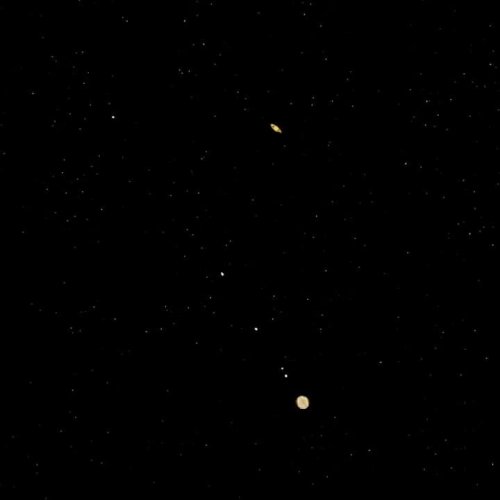
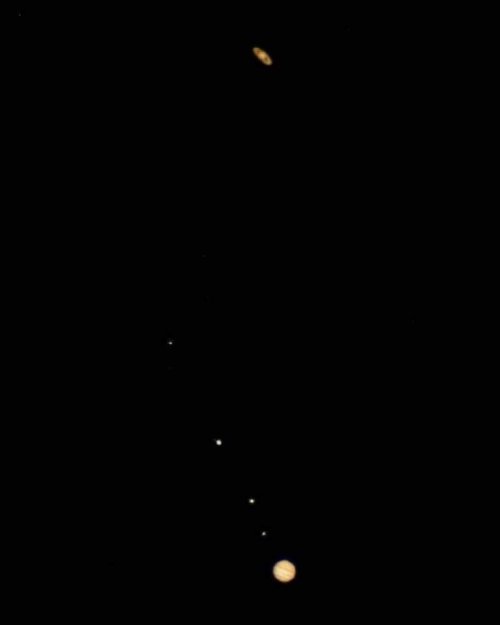
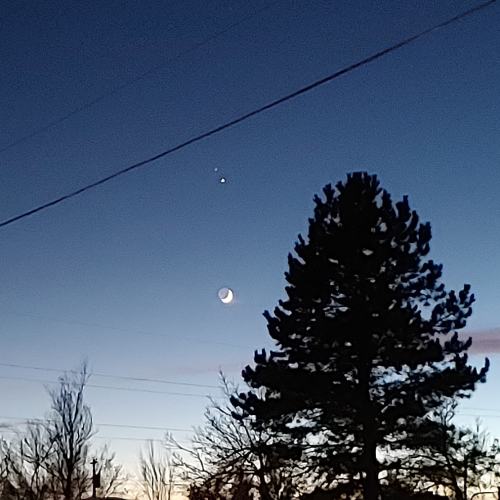
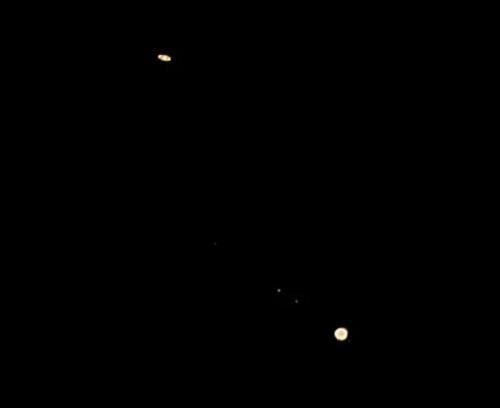
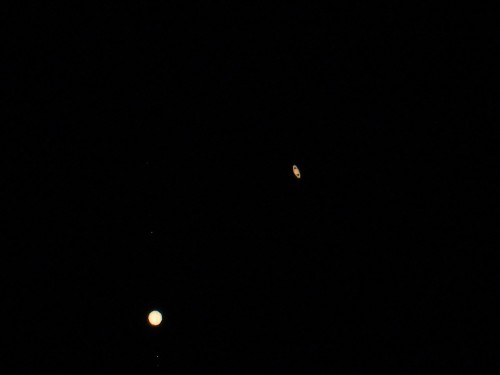
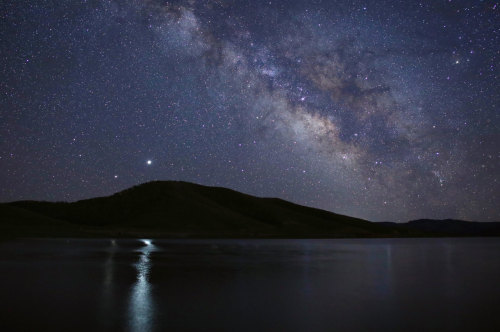
The Great Conjunction: Jupiter and Saturn 🌌.

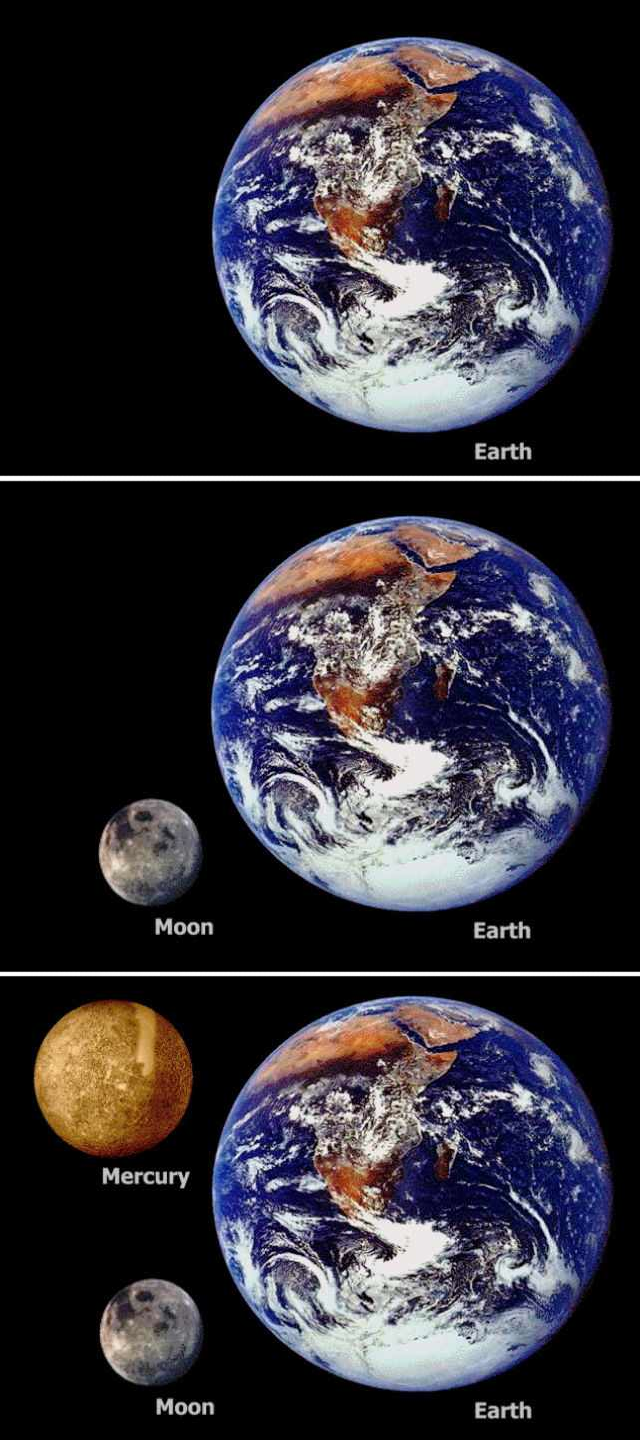
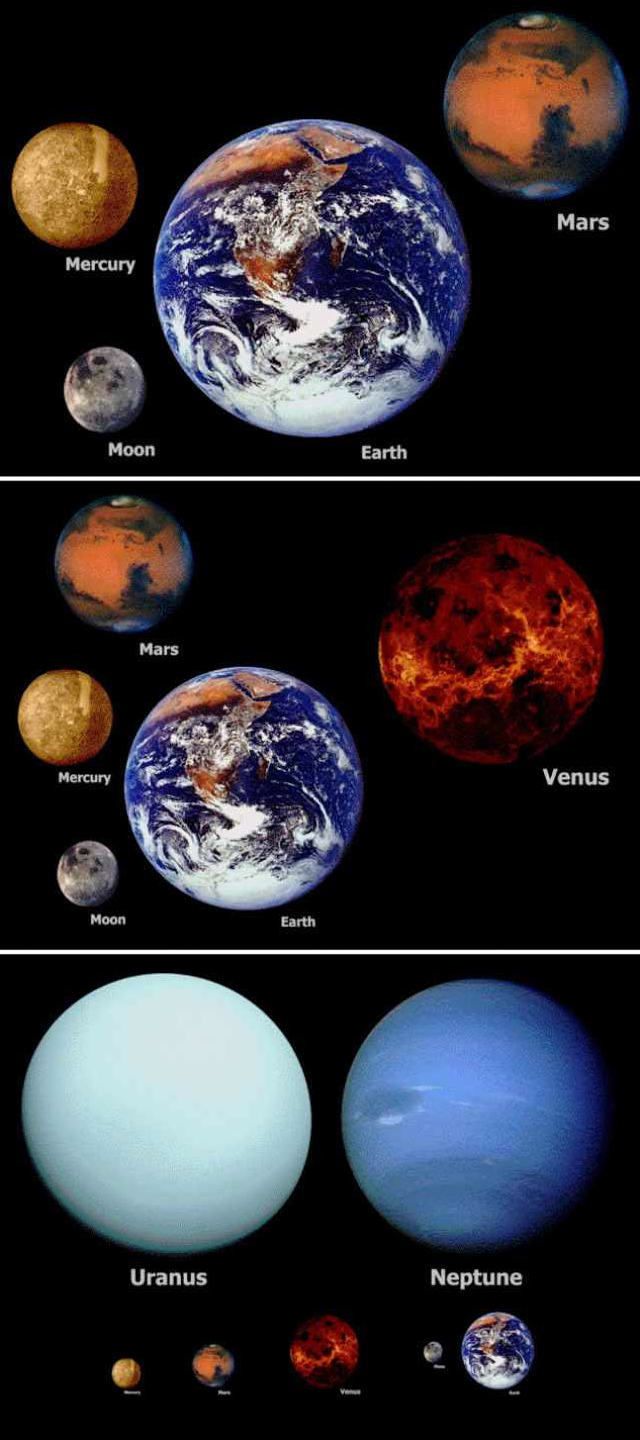
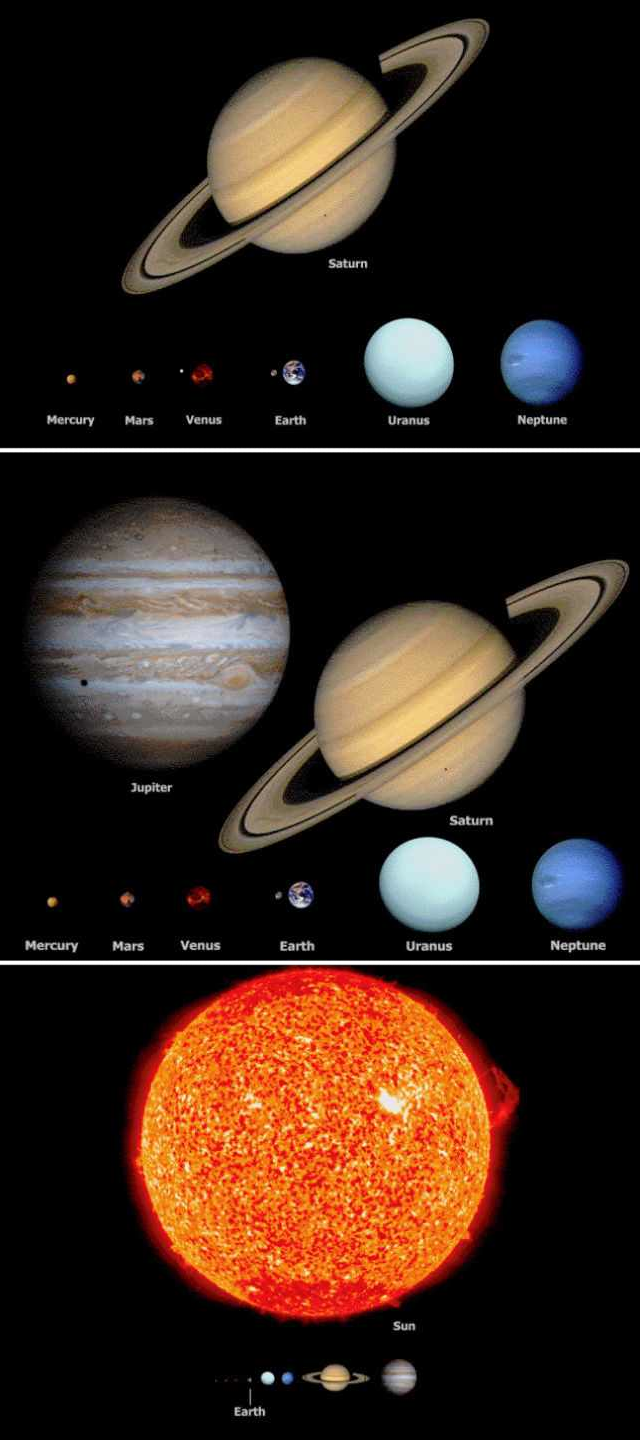
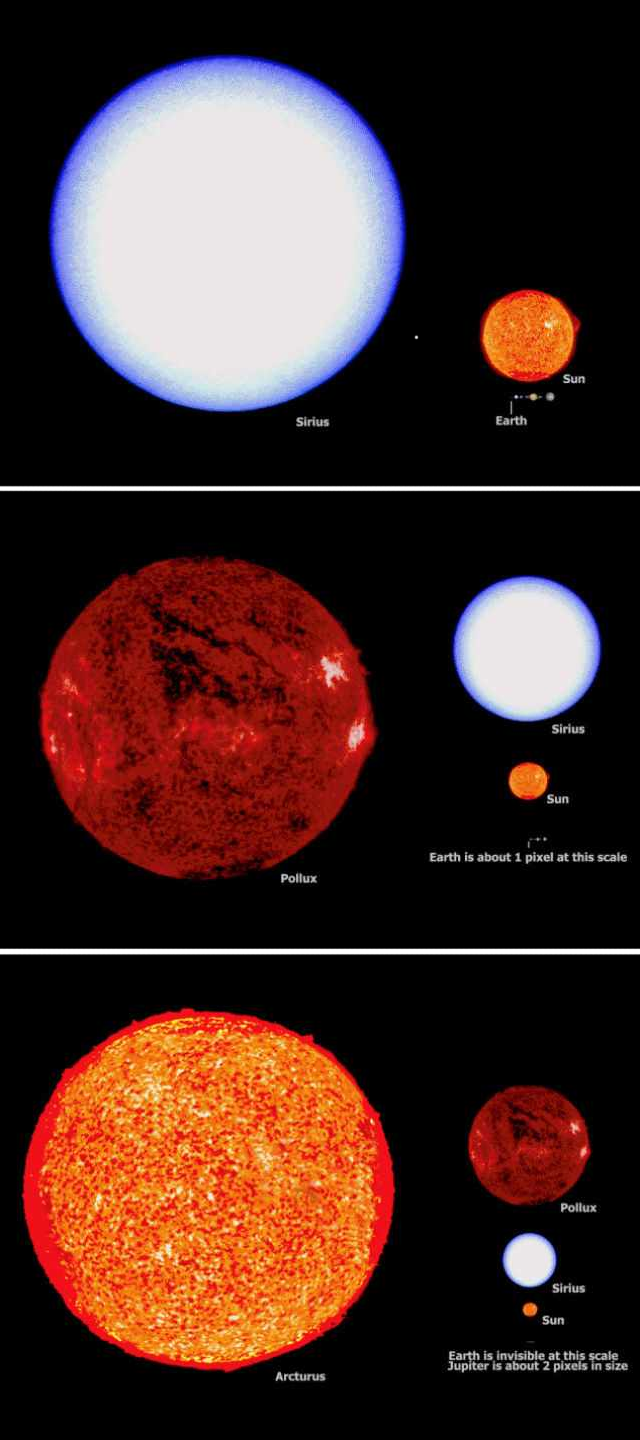



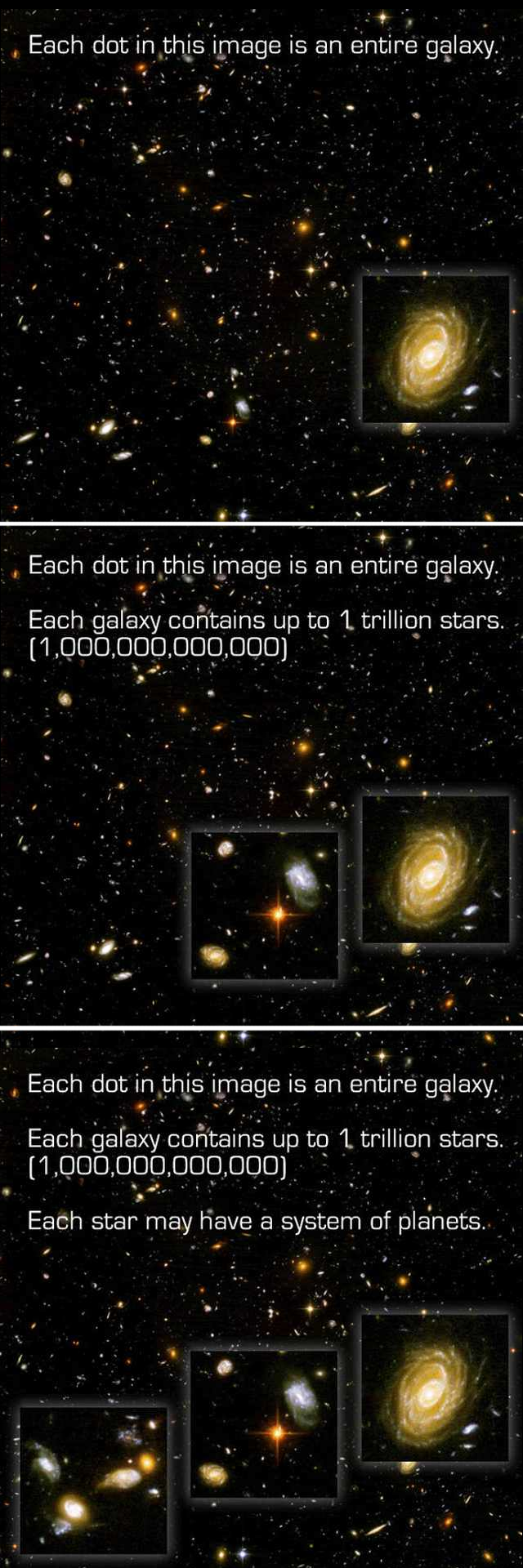


Motion is Curved and All Curvature is Spiral" - Walter Russell
TRAILER: “AFTER WE LEAVE” (2019)
Written and Directed by Aleem Hossain, “After We Leave” is a gritty sci-fi feature film about a man who has a once-in-a-lifetime chance to emigrate off Earth… only if he can find his estranged wife and convince her to come with him.
Winner: Best Feature Film at Sci Fi London Winner: Best Director at Berlin Sci Fi Film Fest
Gobble Up These Black (Hole) Friday Deals!
Welcome to our 6th annual annual Black Hole Friday! Check out these black hole deals from the past year as you prepare to head out for a shopping spree or hunker down at home to avoid the crowds.
First things first, black holes have one basic rule: They are so incredibly dense that to escape their surface you’d have to travel faster than light. But light speed is the cosmic speed limit … so nothing can escape a black hole’s surface!
Black hole birth announcements
Some black holes form when a very large star dies in a supernova explosion and collapses into a superdense object. This is even more jam-packed than the crowds at your local mall — imagine an object 10 times more massive than the Sun squeezed into a sphere with the diameter of New York City!

Some of these collapsing stars also signal their destruction with a huge burst of gamma rays. Our Fermi Gamma-ray Space Telescope and Neil Gehrels Swift Observatory continuously seek out the signals of these gamma ray bursts — black hole birth announcements that come to us from across the universe.
NICER black holes
There are loads of stellar mass black holes, which are just a few 10s of times the Sun’s mass, in our home galaxy alone — maybe even hundreds of millions of them! Our Neutron Star Interior Composition Explorer, or NICER for short, experiment on the International Space Station has been studying some of those relatively nearby black holes.

Near one black hole called GRS 1915+105, NICER found disk winds — fast streams of gas created by heat or pressure. Scientists are still figuring out some puzzles about these types of wind. Where do they come from, for example? And do they change the way material falls into the black hole? Every new example of these disk winds helps astronomers get closer to answering those questions.
Merging monster black holes
But stellar mass black holes aren’t the only ones out there. At the center of nearly every large galaxy lies a supermassive black hole — one with the mass of millions or billions of Suns smooshed into a region no bigger than our solar system.

There’s still some debate about how these monsters form, but astronomers agree that they certainly can collide and combine when their host galaxies collide and combine. Those black holes will have a lot of gas and dust around them. As that material is pulled into the black hole it will heat up due to friction and other forces, causing it to emit light. A group of scientists wondered what light it would produce and created this mesmerizing visualization showing that most of the light produced around these two black holes is UV or X-ray light. We can’t see those wavelengths with our own eyes, but many telescopes can. Models like this could help scientists know what to look for to spot a merger.
Black holes power bright gamma ray lights
It also turns out that these supermassive black holes are the source of some of the brightest objects in the gamma ray sky! In a type of galaxy called active galactic nuclei (also called “AGN” for short) the central black hole is surrounded by a disk of gas and dust that’s constantly falling into the black hole.

But not only that, some of those AGN have jets of energetic particles that are shooting out from near the black hole at nearly the speed of light! Scientists are studying these jets to try to understand how black holes — which pull everything in with their huge amounts of gravity — provide the energy needed to propel the particles in these jets. If that jet is pointed directly at us, it can appear super-bright in gamma rays and we call it a blazar. These blazars make up more than half of the sources our Fermi space telescope sees.
Catching particles from near a black hole
Sometimes scientists get a two-for-one kind of deal when they’re looking for black holes. Our colleagues at the IceCube Neutrino Observatory actually caught a particle from a blazar 4 billion light-years away. IceCube lies a mile under the ice in Antarctica and uses the ice itself to detect neutrinos, tiny speedy particles that weigh almost nothing and rarely interact with anything. When IceCube caught a super-high-energy neutrino and traced its origin to a specific area of the sky, they turned to the astronomical community to pinpoint the source.

Our Fermi spacecraft scans the entire sky about every three hours and for months it had observed a blazar producing more gamma rays than usual. Flaring is a common characteristic in blazars, so this didn’t attract special attention. But when the alert from IceCube came through, scientists realized the neutrino and the gamma rays came from the same patch of sky! This method of using two or more kinds of signals to learn about one event or object is called multimessenger astronomy, and it’s helping us learn a lot about the universe.

Get more fun facts and information about black holes HERE and follow us on social media today for other cool facts and findings about black holes!
Make sure to follow us on Tumblr for your regular dose of space: http://nasa.tumblr.com.
-
 primordialbitch reblogged this · 5 years ago
primordialbitch reblogged this · 5 years ago -
 adiposeclot liked this · 5 years ago
adiposeclot liked this · 5 years ago -
 i-have-all-these-freakin-uwus liked this · 5 years ago
i-have-all-these-freakin-uwus liked this · 5 years ago -
 uglyontheskinlovelyfromwithin liked this · 7 years ago
uglyontheskinlovelyfromwithin liked this · 7 years ago -
 bleeding-honey reblogged this · 7 years ago
bleeding-honey reblogged this · 7 years ago -
 3uthanasia-blog1 liked this · 7 years ago
3uthanasia-blog1 liked this · 7 years ago -
 tjgreenart-blog liked this · 7 years ago
tjgreenart-blog liked this · 7 years ago -
 camwarva liked this · 7 years ago
camwarva liked this · 7 years ago -
 curioushumanist liked this · 7 years ago
curioushumanist liked this · 7 years ago -
 auraskyetbr reblogged this · 7 years ago
auraskyetbr reblogged this · 7 years ago -
 auraskye liked this · 7 years ago
auraskye liked this · 7 years ago -
 fluorall reblogged this · 7 years ago
fluorall reblogged this · 7 years ago -
 growliestperviesteverrrr liked this · 7 years ago
growliestperviesteverrrr liked this · 7 years ago -
 postie48 liked this · 7 years ago
postie48 liked this · 7 years ago -
 inee14-blog1 liked this · 7 years ago
inee14-blog1 liked this · 7 years ago -
 the-creator-of-dreams liked this · 7 years ago
the-creator-of-dreams liked this · 7 years ago -
 thenextwilliamshakespeare-blog liked this · 7 years ago
thenextwilliamshakespeare-blog liked this · 7 years ago -
 angelmistyekthings-blog liked this · 7 years ago
angelmistyekthings-blog liked this · 7 years ago -
 sahara-j liked this · 7 years ago
sahara-j liked this · 7 years ago -
 loreber liked this · 7 years ago
loreber liked this · 7 years ago -
 regicide1997 liked this · 7 years ago
regicide1997 liked this · 7 years ago -
 id0ct0rpus liked this · 7 years ago
id0ct0rpus liked this · 7 years ago -
 jonaso98-blog reblogged this · 7 years ago
jonaso98-blog reblogged this · 7 years ago -
 sadandramaticm liked this · 7 years ago
sadandramaticm liked this · 7 years ago -
 l3sb0y liked this · 7 years ago
l3sb0y liked this · 7 years ago -
 moondogg17 reblogged this · 7 years ago
moondogg17 reblogged this · 7 years ago -
 moondogg17 liked this · 7 years ago
moondogg17 liked this · 7 years ago -
 kunoichihatakebranchaccount liked this · 7 years ago
kunoichihatakebranchaccount liked this · 7 years ago -
 metalzoic liked this · 7 years ago
metalzoic liked this · 7 years ago -
 betweenrivers-betweenworlds liked this · 7 years ago
betweenrivers-betweenworlds liked this · 7 years ago -
 nrykf liked this · 7 years ago
nrykf liked this · 7 years ago -
 twistedbranchs liked this · 7 years ago
twistedbranchs liked this · 7 years ago -
 complex-variable liked this · 7 years ago
complex-variable liked this · 7 years ago -
 thevisualmachine liked this · 7 years ago
thevisualmachine liked this · 7 years ago
